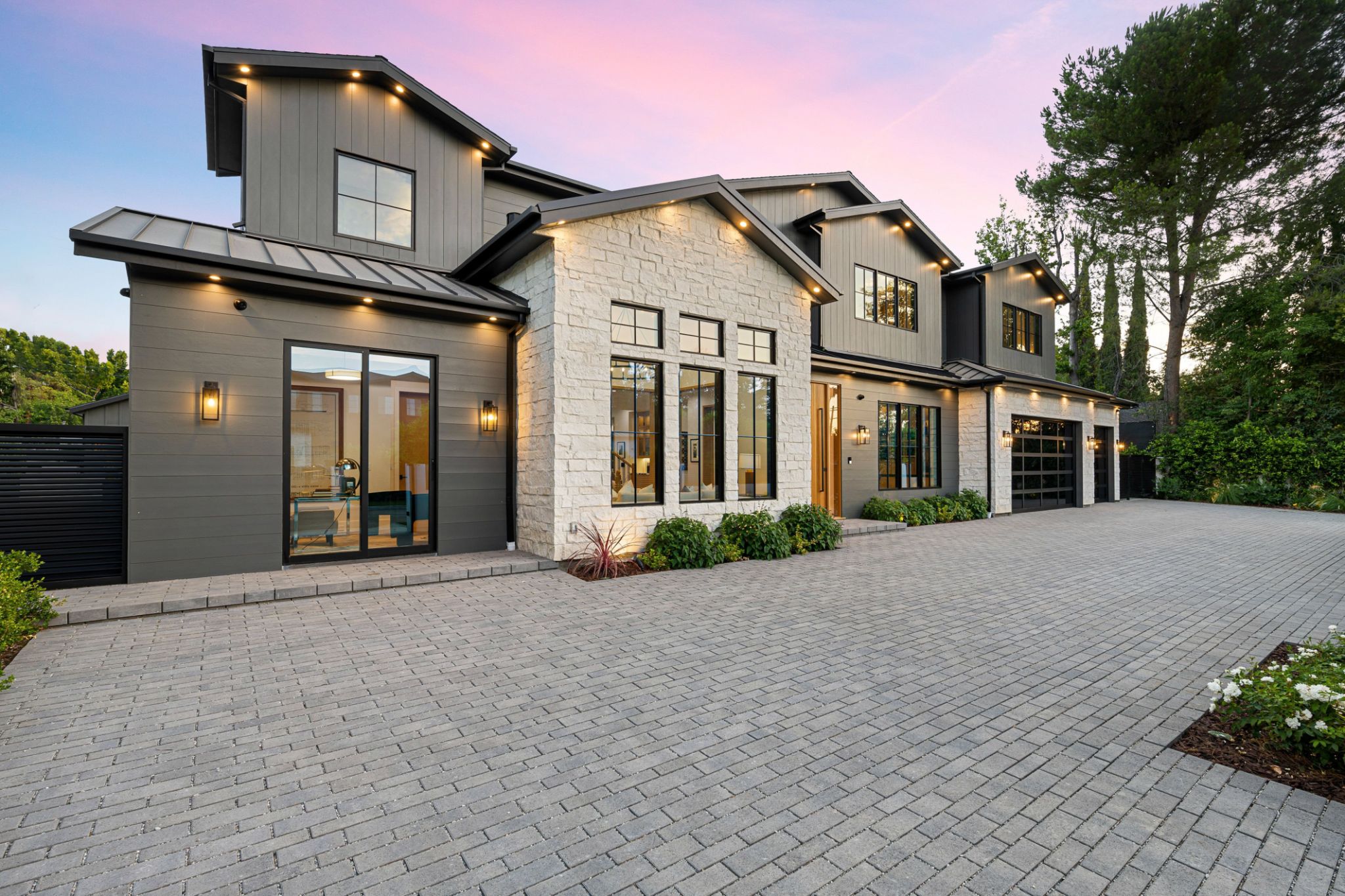Expert Tips for New Photographers: How to Break into Real Estate Photography
Understanding Real Estate Photography
Real estate photography is a specialized niche that requires more than just basic photographic skills. To succeed, you must understand the unique dynamics of capturing properties in the best light, both literally and figuratively. This field offers a promising career path for those who are willing to invest time in learning and perfecting their craft.

When breaking into real estate photography, it's crucial to have a solid grasp of what potential buyers and agents expect from your images. These photos serve as the first impression of a property, so they need to be both aesthetically pleasing and informative.
Building Your Photography Kit
Having the right equipment is essential for capturing stunning real estate photos. At a minimum, you'll need a DSLR or mirrorless camera with interchangeable lenses. A wide-angle lens is particularly important as it allows you to capture more of the room in a single shot.
A sturdy tripod is another must-have tool. It ensures stability, especially when shooting in low-light conditions or when employing HDR techniques to balance light levels in an image. Additionally, consider investing in a drone for aerial shots if budget allows, as these can add a unique perspective to your portfolio.

Mastering Lighting Techniques
Lighting can make or break a real estate photograph. Natural light is your best friend, so plan your shoots during the golden hours—just after sunrise and before sunset—when the lighting is soft and warm. However, don't shy away from using artificial lighting tools like flash or continuous lights to fill shadows or brighten dark corners.
Experiment with different lighting setups to find what works best for each property. This adaptability will not only improve your photos but also help you stand out in the competitive real estate market.
Composing the Perfect Shot
Composition is key in real estate photography. Strive for clean lines, balanced elements, and symmetry whenever possible. Use the rule of thirds to guide your framing, ensuring that important features like fireplaces, windows, or artworks are positioned strategically within the shot.

Also, take multiple shots from different angles and heights. This variety gives you more options during post-processing and increases the likelihood that you'll capture the perfect shot that highlights the property's best features.
Editing and Post-Processing
The post-processing phase is where good photos become great. Software like Adobe Lightroom and Photoshop are invaluable tools for adjusting exposure, correcting colors, and enhancing details. Subtle adjustments can significantly improve the overall look of your images.
While editing, aim to maintain a natural look. Over-editing can lead to unrealistic images that may mislead potential buyers and disappoint them during actual viewings.
Building Your Portfolio
Your portfolio is your calling card in real estate photography. Start by offering free or discounted shoots to friends or local real estate agents to build up a body of work. Make sure to include a variety of property types in your portfolio to showcase your versatility.

An online presence is also vital. Create a professional website and leverage social media platforms like Instagram and LinkedIn to reach potential clients and network with industry professionals.
Networking and Marketing Yourself
Networking is crucial for gaining traction in the real estate photography industry. Attend local real estate events, join online photography forums, and connect with realtors and property managers to get your name out there.
Consider partnering with real estate agencies or interior designers who can refer clients to you. Word-of-mouth referrals can often lead to long-term business relationships and steady work.
Continuous Learning and Improvement
The field of photography is ever-evolving, with new techniques and technologies emerging regularly. Stay updated by attending workshops, taking online courses, or simply experimenting with new styles and methods on your own time.
Regularly reviewing your work and seeking constructive feedback can also help you identify areas for improvement. With dedication and perseverance, you'll not only break into but also thrive in the rewarding world of real estate photography.